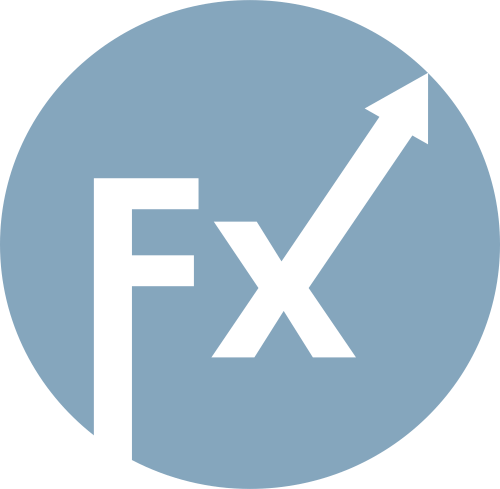The pound against the dollar continues testing the resistance level of 1.3650 (upper Bollinger Bands line on the D1 timeframe), despite the general strengthening of the greenback. After Tuesday's sharp drop to 95.96, the U.S. dollar index on Wednesday is attempting to recover at least partially. DXY has returned to the 96 range, and major dollar pairs adjusted accordingly, reflecting the greenback's rebound. However, GBP/USD stands apart: despite the dollar's recovery, the pound keeps pressing the 1.3650 barrier.
The UK inflation report, published on Wednesday, favored GBP/USD buyers, as it confirmed persistently high inflation levels, giving the Bank of England grounds to keep interest rates unchanged. With the central bank's meeting scheduled for Thursday (September 18), the report carries significant weight for GBP/USD traders.
According to the data, headline CPI grew by 3.8% year-over-year in August, the same pace as in July, though some analysts expected an uptick to 3.9%. Even so, the current inflation level is unacceptably high for the central bank. The July–August pace marks the fastest increase since January 2024.
Core CPI, excluding food and energy, slowed as expected, to 3.6% from 3.8%. Despite the decline, the figure remains far from the BoE's 2% target.
The Retail Price Index (RPI), used by employers in wage negotiations, eased slightly to 4.6% y/y from 4.8% in July, but remains uncomfortably high. Service-sector inflation, another important component, fell to 4.7% y/y in August from 5.0% previously.
Food and non-alcoholic beverages rose sharply by 5.1% y/y, while prices for restaurants, hotels, and fuel also increased.
Overall, inflation remains stubbornly high and well above the BoE's target. There are no clear signs of a significant decline in core inflation.
One major factor preventing a faster slowdown is wage growth. The data showed average earnings, including bonuses, accelerated to 4.7% from 4.6%, after three consecutive months of declines. Average earnings excluding bonuses fell to 4.8% from 5.0%. Wage growth was concentrated in services (notably hospitality, catering, education, and healthcare) and the public sector.
Wage growth in the 4.5–5.0% range is seen as incompatible with 2% inflation, especially if productivity remains weak. This is why the market largely ignored the rise in unemployment to 4.7% in July and the 17,000 increase in jobless claims, focusing instead on the wage component.
Thus, the fundamental backdrop supports further GBP/USD upside. The inflation data allows the BoE to remain on hold, providing additional support for the pound—particularly against the dollar, which faces expected Fed rate cuts in September and beyond. Divergence between BoE and Fed policy paths will continue to support GBP/USD, unless the Fed takes an overly cautious stance this week. If the Fed cuts rates and signals more easing ahead, the pair may advance into the 1.37 area.
Technical outlook: Across H1, H4, D1, W1, and MN timeframes, GBP/USD is either near the upper Bollinger Bands line or between its middle and upper bands, while also remaining above all Ichimoku lines. On the H4, daily, and weekly charts, Ichimoku has formed a bullish "Parade of Lines" signal. The main (and for now only) upside target lies at 1.3710—the upper Bollinger Bands line on D1.

RÁPIDOS ENLACES